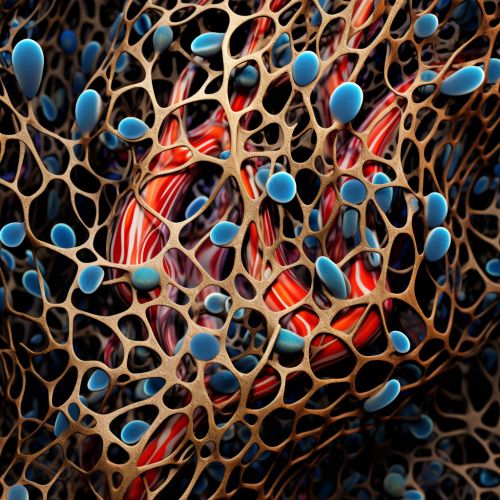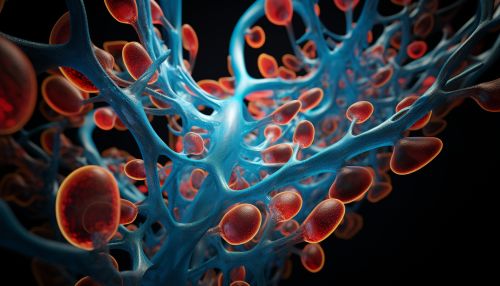Mitochondrial Dysfunction and Aging
Introduction
Mitochondrial dysfunction and aging are two interconnected biological phenomena that have been the subject of extensive scientific research. The mitochondria, the powerhouses of the cell, are essential for energy production and various other cellular functions. However, as organisms age, the efficiency and functionality of these organelles can decline, leading to a state known as mitochondrial dysfunction. This dysfunction has been implicated in a number of age-related diseases and conditions, including Alzheimer's disease, Parkinson's disease, and type 2 diabetes.


Mitochondrial Function
Mitochondria are double-membraned organelles found in most eukaryotic cells. They are primarily responsible for producing adenosine triphosphate (ATP), the main source of cellular energy, through a process called oxidative phosphorylation. This process involves the transfer of electrons along a series of protein complexes located in the inner mitochondrial membrane, known as the electron transport chain.
In addition to energy production, mitochondria also play a role in other important cellular processes, such as apoptosis (programmed cell death), calcium homeostasis, and the production of reactive oxygen species (ROS).
Mitochondrial Dysfunction
Mitochondrial dysfunction refers to a state in which the mitochondria are unable to perform their normal functions effectively. This can occur as a result of genetic mutations, environmental stressors, or the natural aging process.
One of the main features of mitochondrial dysfunction is a decrease in ATP production. This can lead to a state of energy deficiency within the cell, affecting various cellular processes and leading to cell death.
Another key feature of mitochondrial dysfunction is the overproduction of ROS. While ROS are normal byproducts of mitochondrial respiration, excessive levels can lead to oxidative stress, damaging cellular components such as proteins, lipids, and DNA.
Mitochondrial dysfunction can also lead to the release of pro-apoptotic factors, triggering cell death. This can contribute to tissue degeneration and the development of age-related diseases.
Mitochondrial Dysfunction and Aging
The relationship between mitochondrial dysfunction and aging is complex and multifaceted. As organisms age, the efficiency of mitochondrial energy production can decline, leading to a state of cellular energy deficiency. This can affect various biological processes, contributing to the aging process and the development of age-related diseases.
One of the main theories that link mitochondrial dysfunction to aging is the Mitochondrial Free Radical Theory of Aging. This theory proposes that the accumulation of damage caused by ROS, produced by the mitochondria, leads to cellular damage, aging, and eventually, death.
Moreover, age-related mutations in mitochondrial DNA can lead to the production of defective proteins, further impairing mitochondrial function and contributing to the aging process.
Therapeutic Approaches
Given the role of mitochondrial dysfunction in aging and age-related diseases, there is considerable interest in developing therapeutic strategies to improve mitochondrial function. These strategies include the use of antioxidants to neutralize ROS, the development of drugs to enhance mitochondrial biogenesis, and the use of gene therapy to correct mitochondrial DNA mutations.
